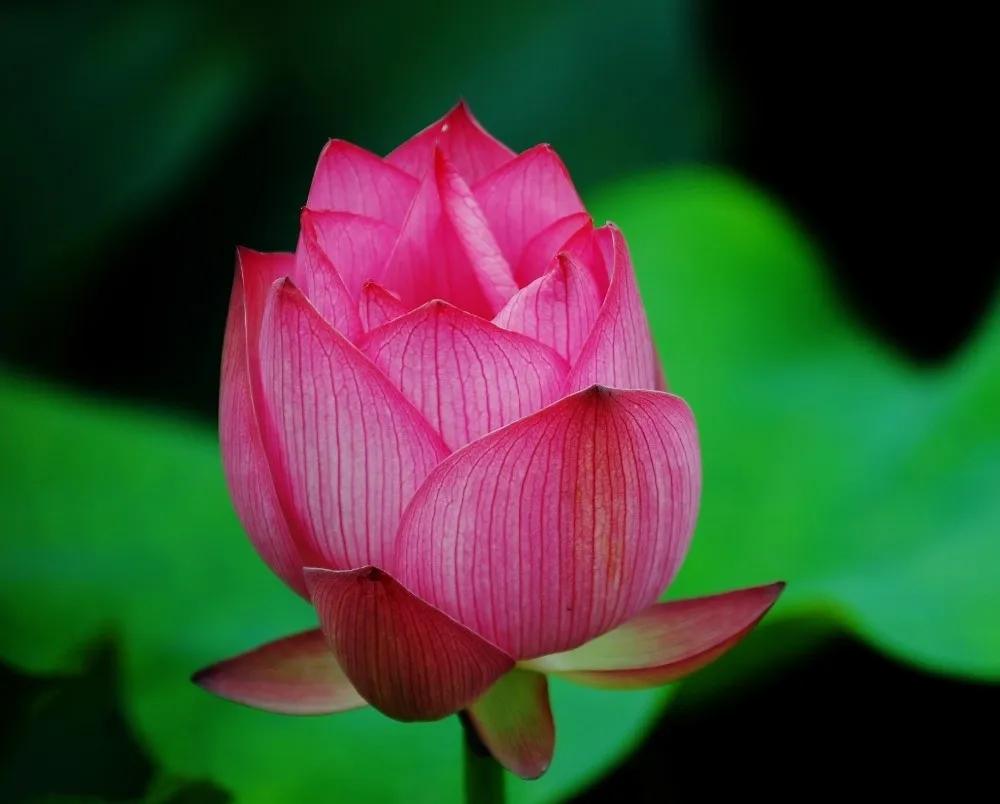

The seeds are also packed with fiber, vitamins, minerals, and numerous health-promoting antioxidants.ĭry lotus seeds contain 15.4 g or 27% daily required levels of protein. Lotus seeds energy chiefly comes from carbohydrates and proteins unlike as in other tree nuts whose high calorific value is mainly because of fats. Fresh raw seeds carry just 89 calories per 100 g while dry kernels hold 324 calories per 100 g. Raw, fresh lotus seeds are sweet and chewy, while dry seeds are crunchy, and delicious only after baked. Dried seeds have a taste similar to chickpeas. Fresh, raw lotus kernel has a sweet chewy texture and tastes like that of green almonds.

Inside, the dicotyledon kernel is creamy-white with a light green plumule in between the cotyledons. Mature lotus seeds are black, ovoid, possess hard outer shell and measuring about the size of a green pea. Each soft pad consists of polygonal pits encasing ovoid seeds. Round, disc-like soft fruit pods develop from fertilized flowers. The flowers are white to pink, sweet-scented, 10-25 cm diameter, and attract many insects including honeybees. Lotus buds begin blooming onto flowers by summer. Its roots and stem grow under the water, while its large green leaf pads and flowers float on the water surface. Although perennial, the lotus plant flowers each year completing the cycle from dormant, root eruption, flowers, and seeds and again assuming dormant state again during winter.

Lotus seeds and roots are a major crop in Hubei, Hunan, Fujian, and Jiangxi provinces.


 0 kommentar(er)
0 kommentar(er)
